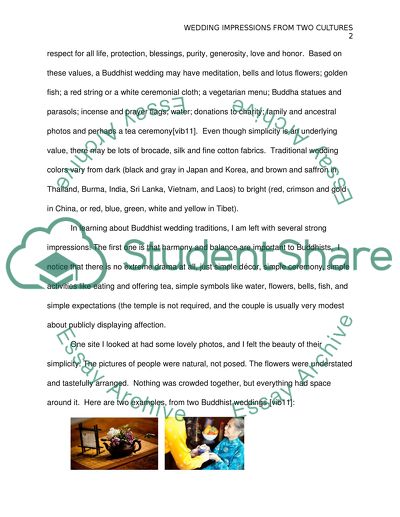Cite this document
(“Psychology Research Paper: Wedding Impressions from Two Cultures Paper”, n.d.)
Retrieved from https://studentshare.org/psychology/1395259-weddings
Retrieved from https://studentshare.org/psychology/1395259-weddings
(Psychology Research Paper: Wedding Impressions from Two Cultures Paper)
https://studentshare.org/psychology/1395259-weddings.
https://studentshare.org/psychology/1395259-weddings.
“Psychology Research Paper: Wedding Impressions from Two Cultures Paper”, n.d. https://studentshare.org/psychology/1395259-weddings.


